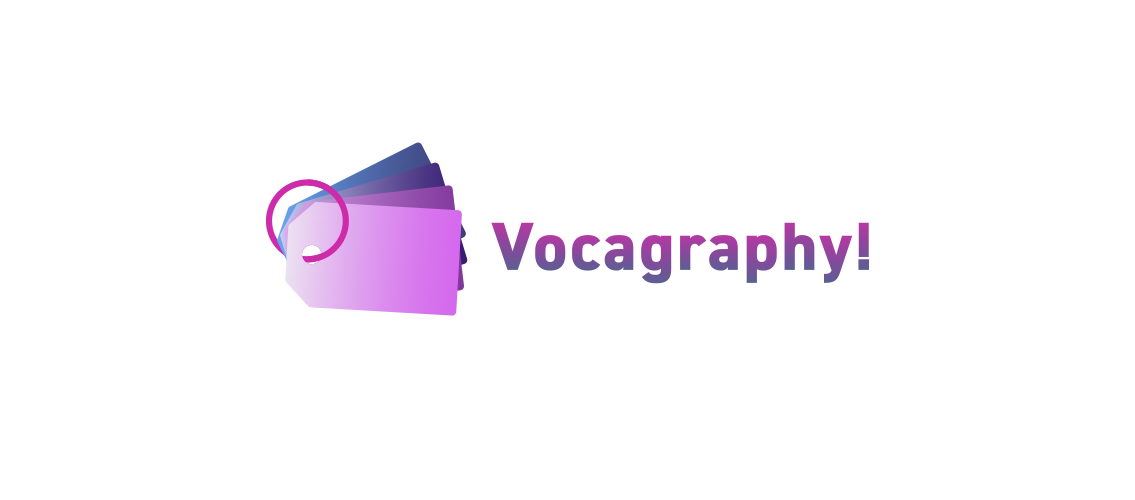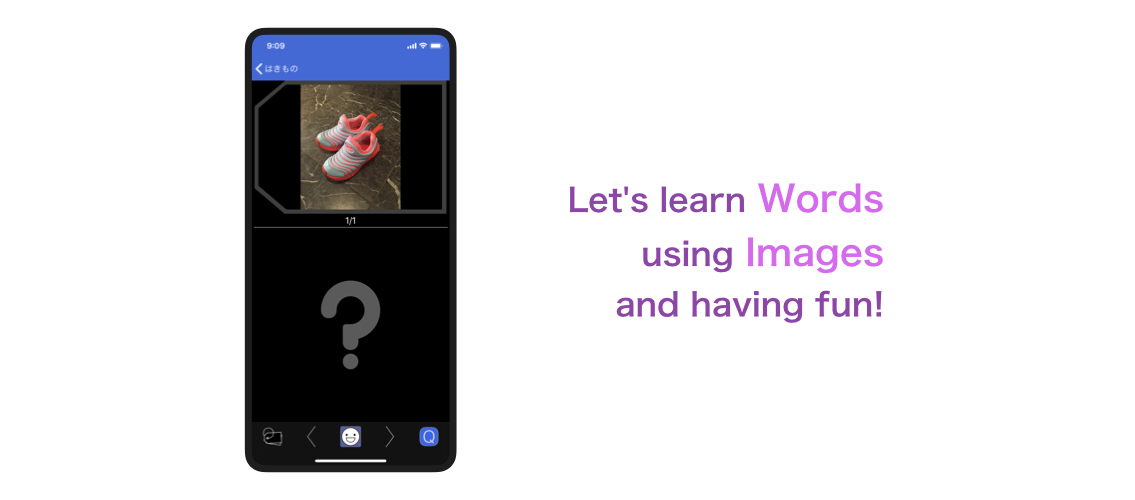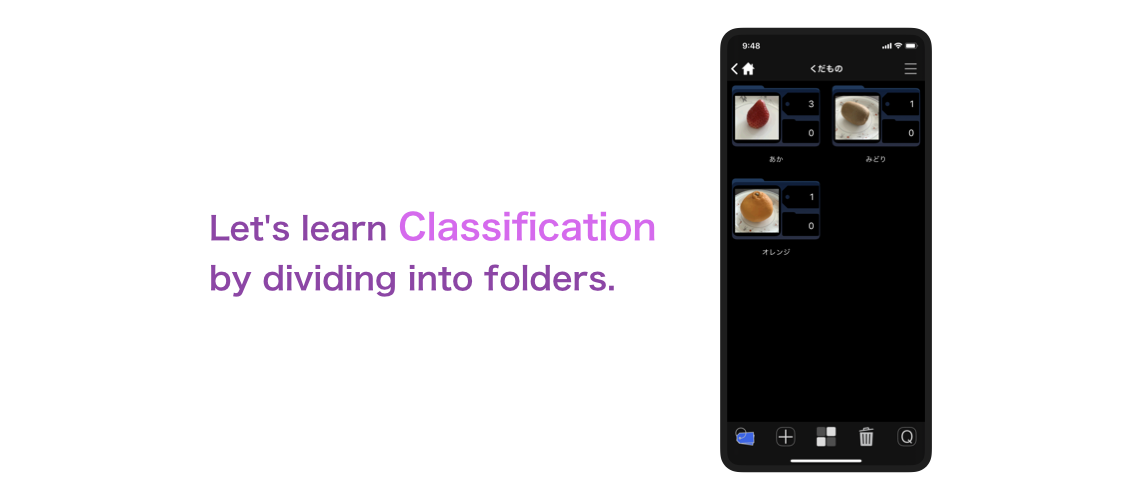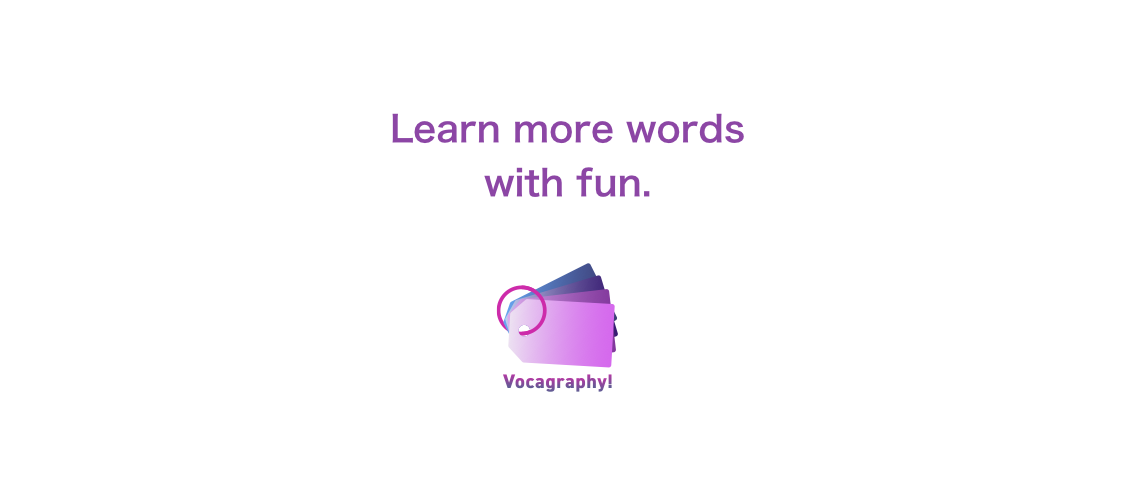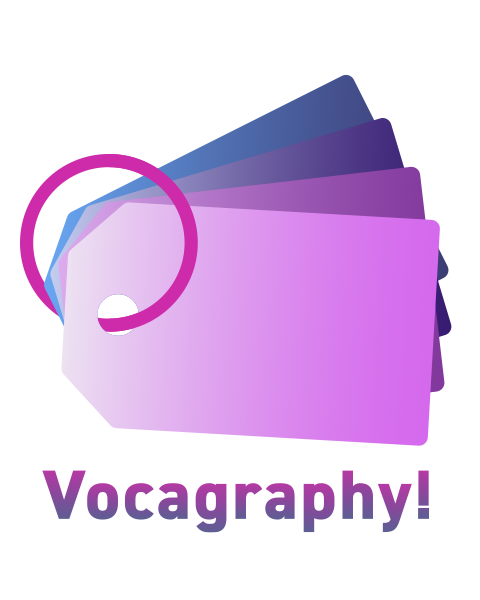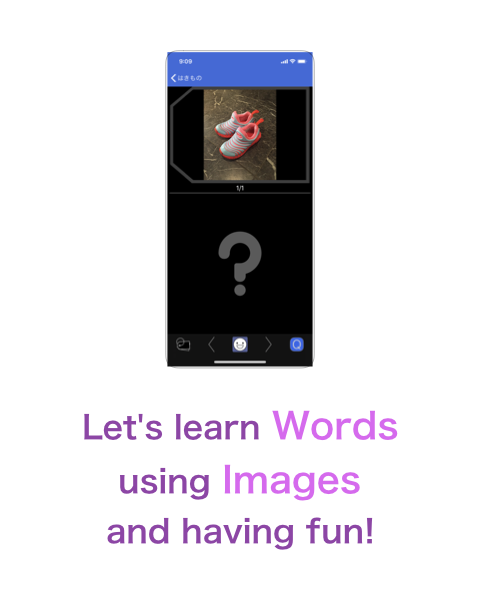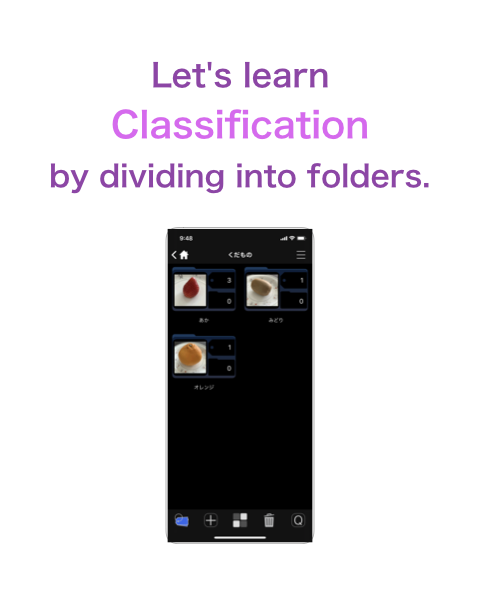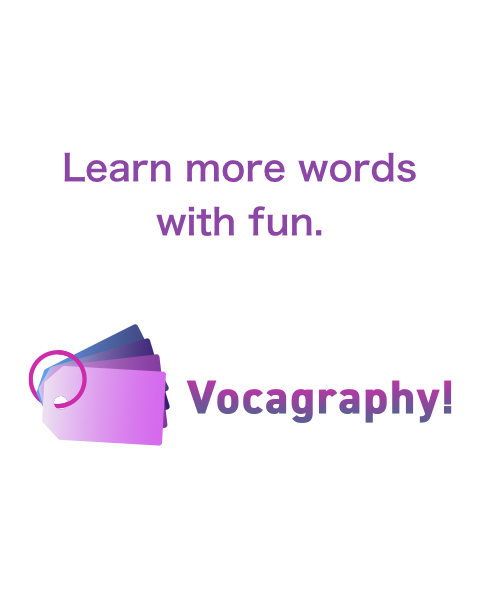“Vocagraphy!” is a smartphone app that is a fun way to learn new words. It was created as a teaching tool by a dad whose daughter is hard of hearing. “Vocagraphy!” is a newly coined word that combines “vocabulary” and “photography.” It involves the use of images to learn words efficiently. It can be used and enjoyed in a variety of ways by all children and adults. The more creative you are, the more fun you will have!
If you are a child who is deaf or hard of hearing, it takes time to learn words because of difficulty hearing them. You need to study very hard to acquire new vocabulary. When I discovered that my daughter was hard of hearing, I was determined to help her learn new words even though she had difficulty hearing. I figured that if traditional study methods took a lot of time for my daughter, maybe I could come up with something more fun and efficient. That’s why I developed “Vocagraphy!” to facilitate the simple creation of learning materials on my smartphone. I hope it will work for you too and enable you to enjoy an abundance of words and images.
There are many words you can learn in everyday life - the names of flowers blooming along the road you often walk on, the species of insects that land there, and the road signs as well. With "Vocagraphy!" you can turn things around you into original teaching materials. Just take a picture, import it into the app, and type in the words.
Suppose the word "phone" and a picture of a telephone are in a textbook. When you hear the word "phone," what kind of picture do you imagine? Old learning materials may have pictures of landline phones or an old mobile phone. Nowadays, smartphones are also called “phones” so a child needs to learn all of these "phones." If a child can hear, you can easily say "old phones were connected by wires ... early phones were very big ..." and he or she will remember that quickly and efficiently. However, it takes time, patience, and ingenuity to teach the same thing to a hearing-impaired child.
Using conventional flash cards, one picture is assigned to one word, but "Vocagraphy!" can display multiple images for one word. And you can assign your own images because things you always see are more accessible and easier to remember than pictures of machines you haven't seen before. In the case of "phone," in addition to a photo of a smartphone that you always carry and see, you can register photos of old mobile phones and landline phones. This way, you can teach a child that "all these are phone buddies" and "phones let us talk to distant people." Depending on your child's proficiency, you can extend your explanation to the concept of time - "old" and "now" - and to technical topics such as "radio waves" and "the Internet." Using the memo function of “Vocagraphy!” to add related stories will not only help you to learn new words, but will also lead to the development of intelligence.
"Vocagraphy!" is simple to use. Just make a card, import a photo, and add text. You can use it anyway you like, so we hope you will enjoy making your own original teaching materials!
Warm regards,
HIDEKI YOSHIOKA
Developer of Vocagraphy!

